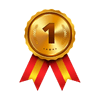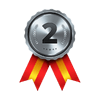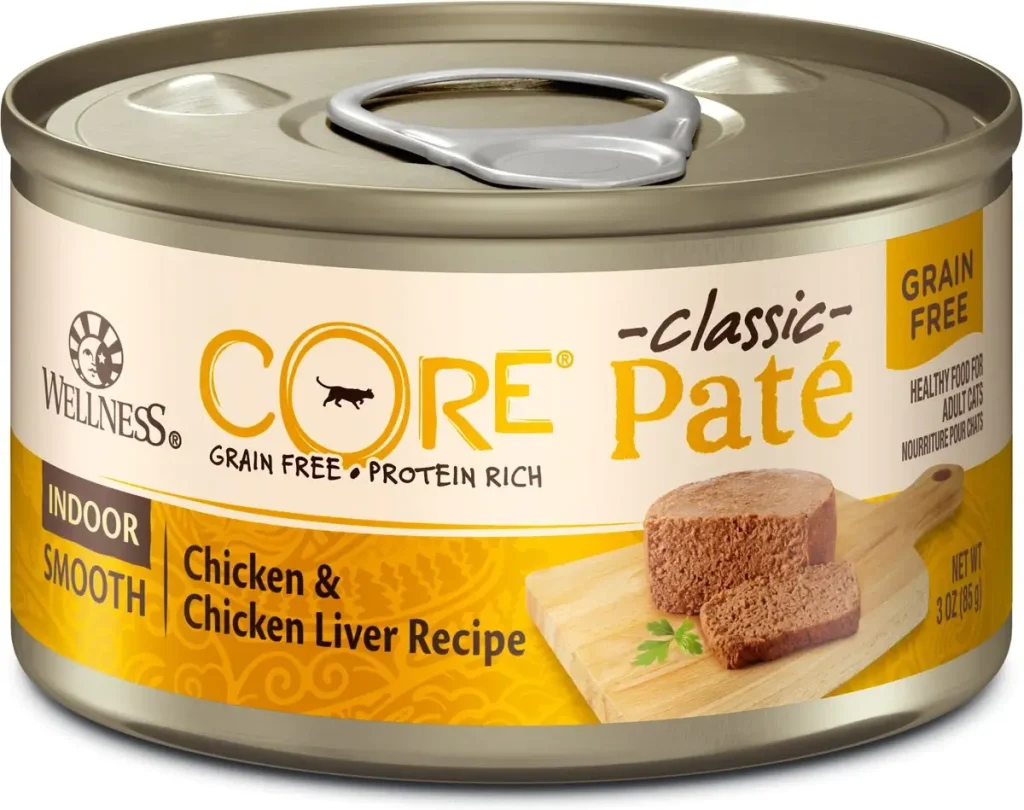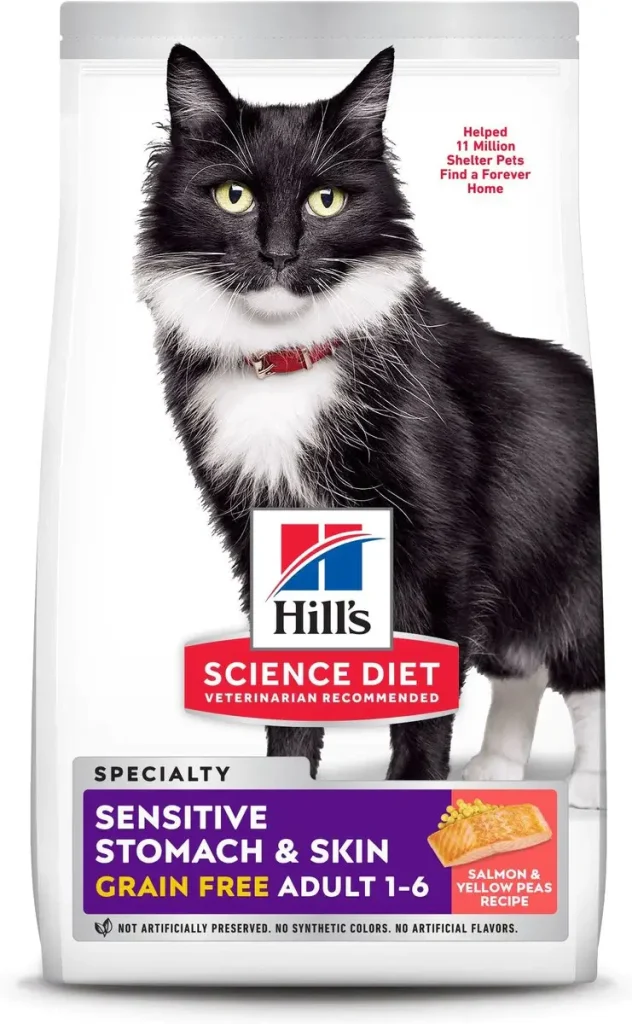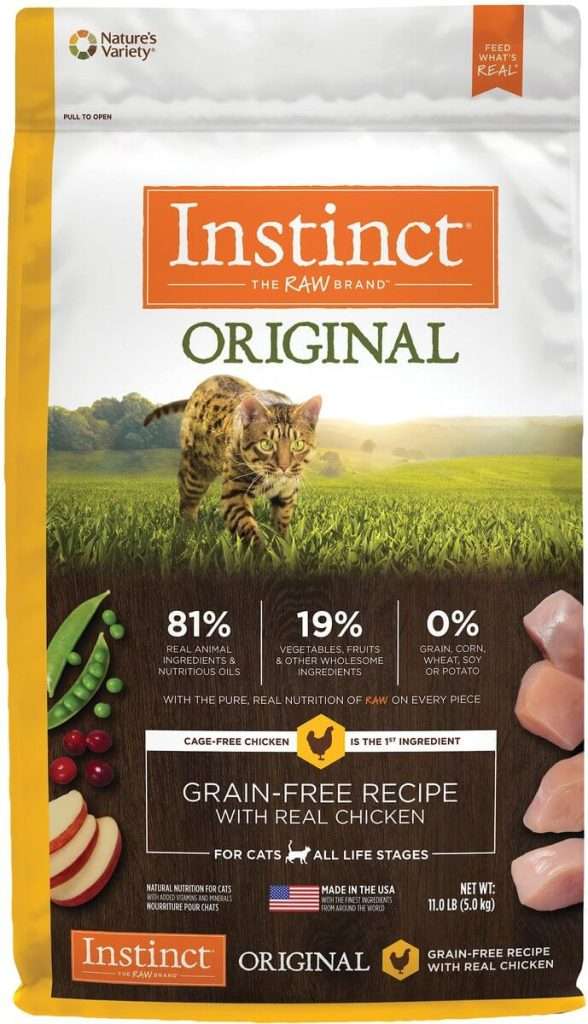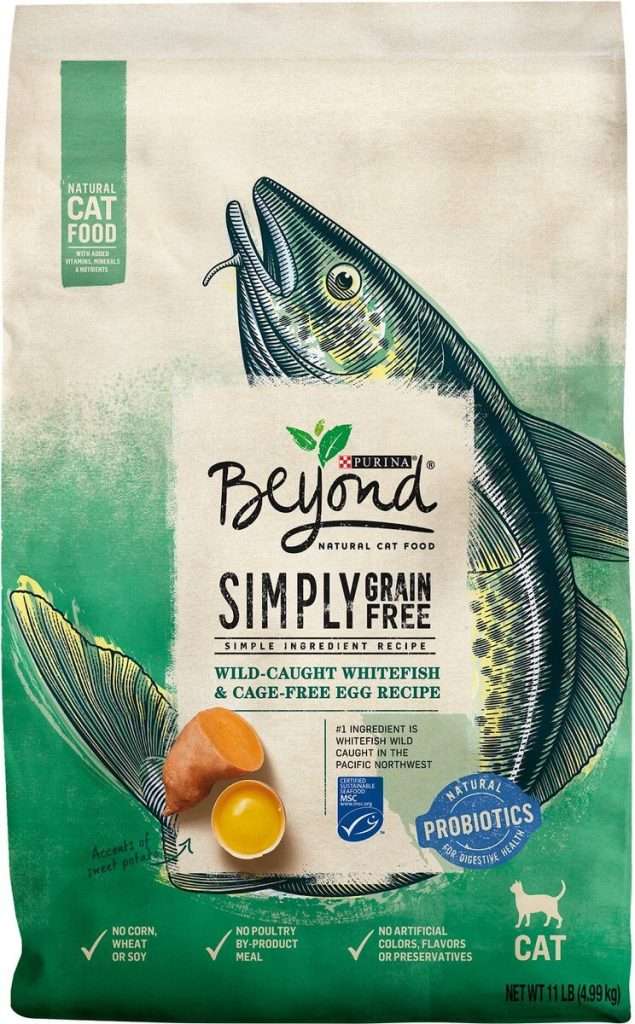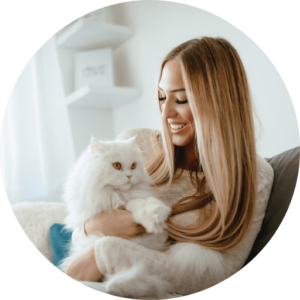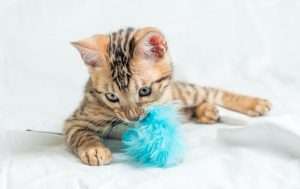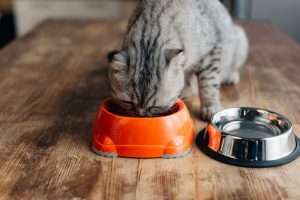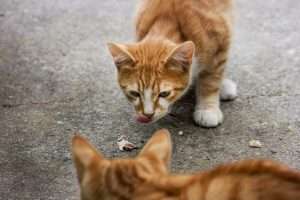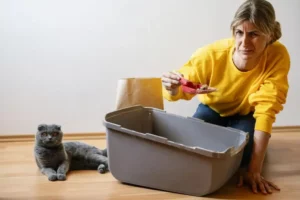Table of Contents
Gluten-free cat food is specially formulated to exclude any ingredients that contain gluten, a protein found in wheat, barley, and rye. Gluten intolerance in cats can lead to gastrointestinal problems, allergies, and other health issues. By switching to a gluten-free diet, you can ensure that your cat is getting the nutrients they need without the risk of triggering any adverse reactions.
In this article, we’ll discuss the importance of feeding your cat gluten-free food, its benefits, and the key features to look for in the best gluten-free cat food. We’ll also provide recommendations on top-rated gluten-free cat food brands and homemade gluten-free cat food recipes. By the end of this guide, you’ll have a comprehensive understanding of gluten-free cat food and be equipped to make informed decisions about your cat’s diet.
Product Overview
Rank
Image
Product
Details
Price
Understanding Gluten-free Cat Food
Gluten-free cat food is specially formulated to exclude any ingredients that contain gluten. Gluten is a protein found in wheat, barley, and rye. Gluten-free cat food is essential for cats with gluten intolerance or sensitivity, as consuming gluten can lead to a range of health problems.
If your cat has gluten intolerance, it can cause gastrointestinal problems, vomiting, diarrhea, skin allergies, and other health issues. By switching to a gluten-free diet, you can help alleviate these symptoms and provide your cat with the nutrients they need without any adverse reactions.
When choosing gluten-free cat food, it’s essential to check the ingredients. Look for cat food that contains high-quality protein sources such as chicken, turkey, or fish. Also, ensure that the cat food contains adequate amounts of essential nutrients such as vitamins, minerals, and amino acids.
It’s also important to note that not all cats need to eat gluten-free food. If your cat is not sensitive to gluten, feeding them gluten-free cat food is not necessary. However, if you suspect that your cat is sensitive to gluten, consult your veterinarian to determine the best course of action.
Key Features to Look for in Gluten-Free Cat Food
- Protein source and content: The protein source in your cat’s food is crucial for their health and wellbeing. Look for high-quality protein sources such as chicken, turkey, or fish, which should be listed as the first ingredient. Ensure that the cat food contains at least 30% protein to provide your cat with the necessary amino acids to maintain muscle mass and energy.
- Grain alternatives and fiber content: Gluten-free cat food should exclude any grains such as wheat, barley, or rye that contain gluten. Instead, look for grain alternatives such as rice, oats, or quinoa that are easy to digest and provide fiber for optimal digestive health.
- Essential nutrients: Your cat’s food should contain essential nutrients such as vitamins, minerals, and amino acids. Look for cat food that provides a balanced and complete nutritional profile to meet your cat’s needs. These essential nutrients will ensure that your cat maintains a healthy immune system, healthy skin and coat, and strong bones and teeth.
- Flavor profiles: Cats are known for their picky eating habits, and it’s essential to choose cat food with flavors that your cat will enjoy. Look for cat food with various flavor profiles such as chicken, fish, or beef to ensure that your cat enjoys their meals.
- The importance of limited ingredients: Limited ingredient cat food is ideal for cats with food sensitivities or allergies. It excludes any ingredients that may trigger an adverse reaction in your cat, making it an excellent option for cats with gluten intolerance. Look for cat food with simple ingredient lists and avoid any artificial preservatives or additives.
Top Gluten-Free Cat Food Brands in the Market
Blue Buffalo Wilderness Chicken Recipe Grain-Free Dry Cat Food
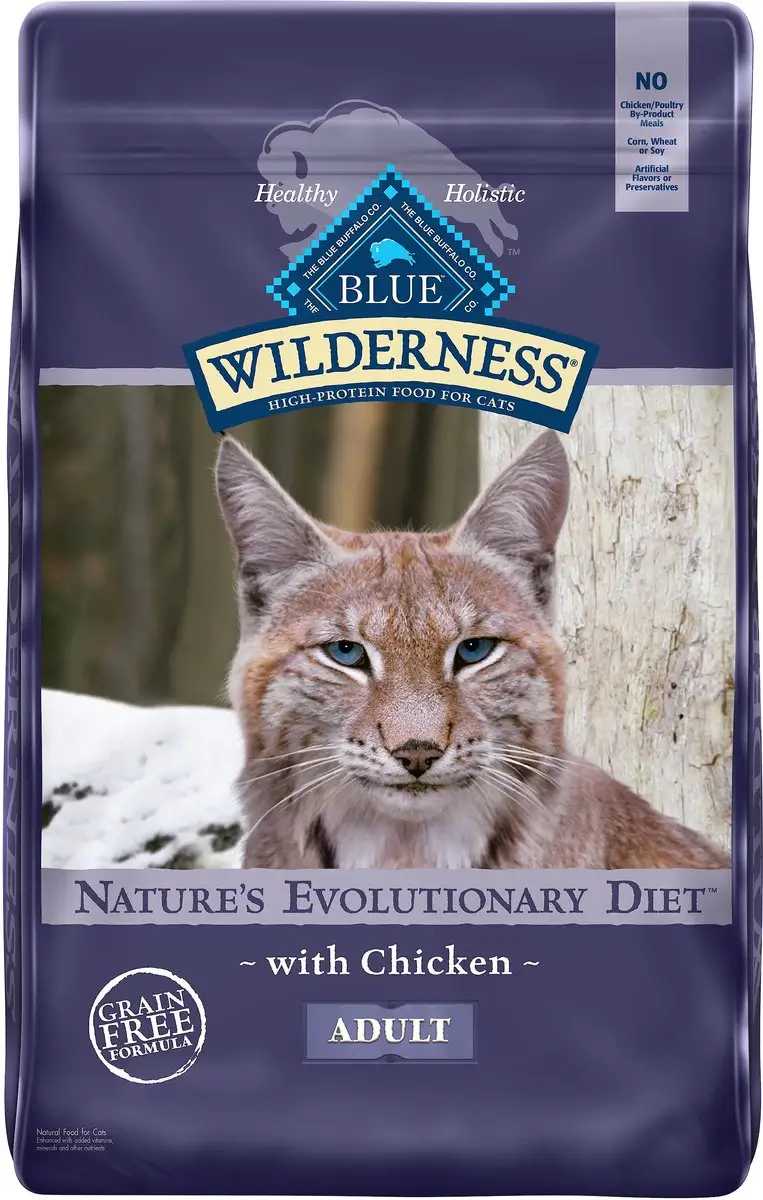
- Pros
- High-quality natural ingredients
- Rich in protein
- No poultry by-product meals, corn, wheat, or soy
- Cons
- Some products may contain higher levels of carbohydrates than other brands
Wellness CORE Grain-Free Indoor Chicken & Chicken Liver Recipe Wet Cat Food
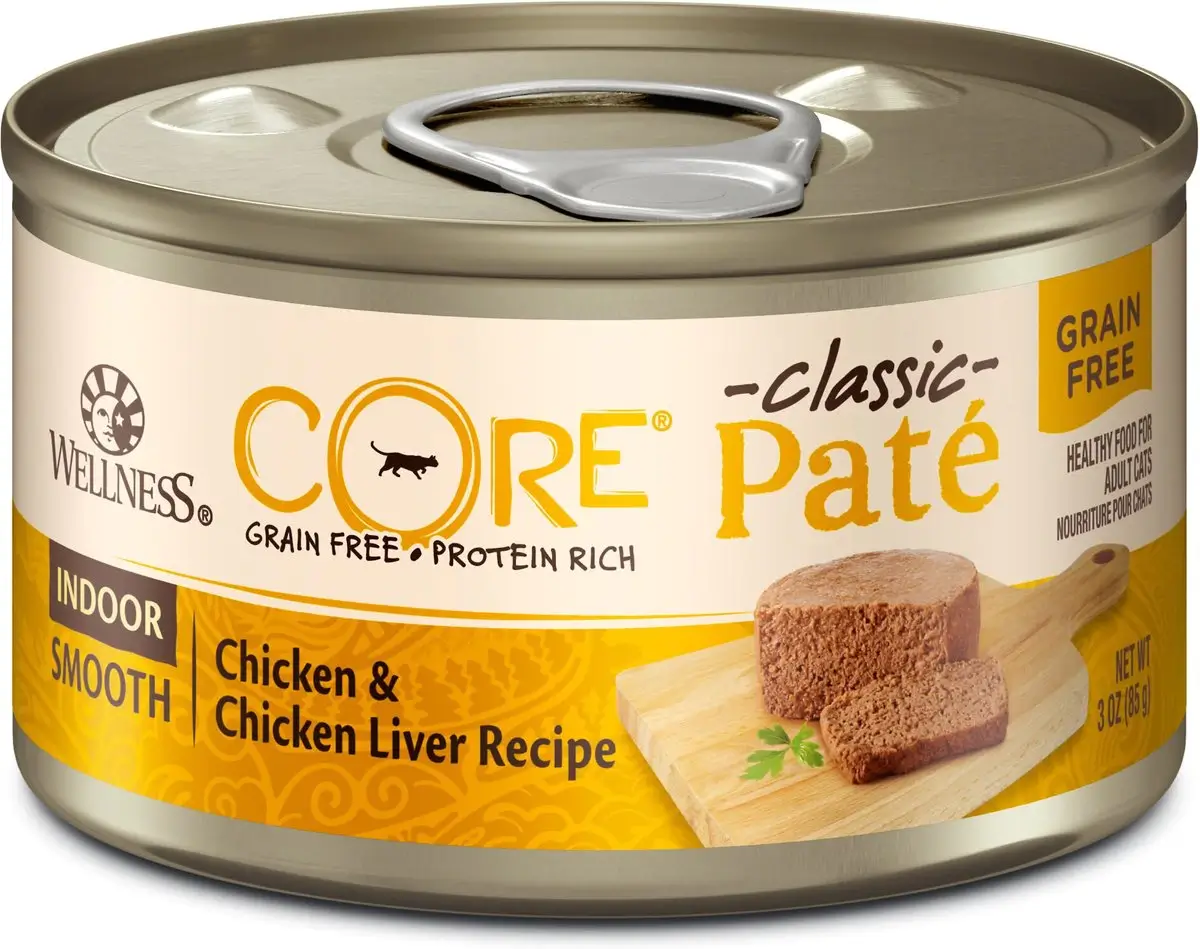
- Pros
- High-quality protein sources
- No artificial preservatives or flavors
- Rich in essential vitamins and minerals
- Cons
- Some products may contain higher levels of fiber than other brands.
Hill's Science Diet Dry Cat Food
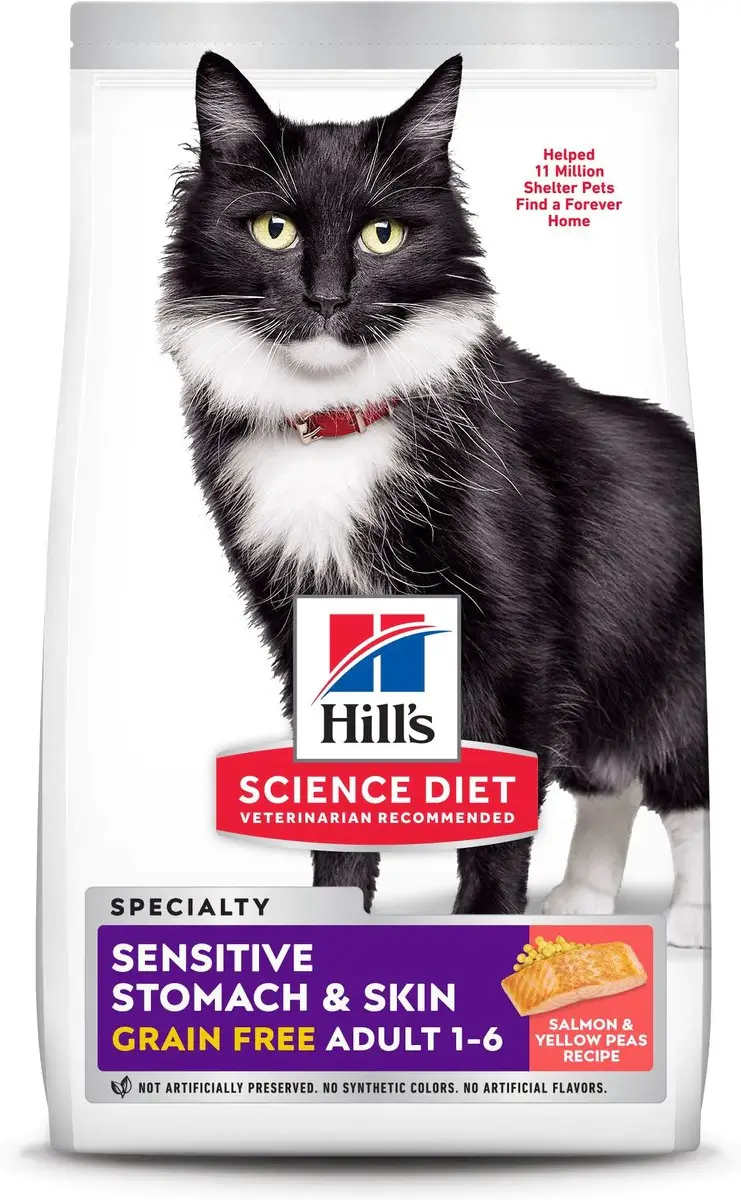
- Pros
- Promote a healthy immune system
- High-quality protein sources
- No artificial preservatives or flavors
- Rich in essential vitamins and minerals
- Cons
- Some products may contain lower levels of protein than other brands.
Instinct Original Grain Free Recipe with Real Chicken Natural Dry Cat Food
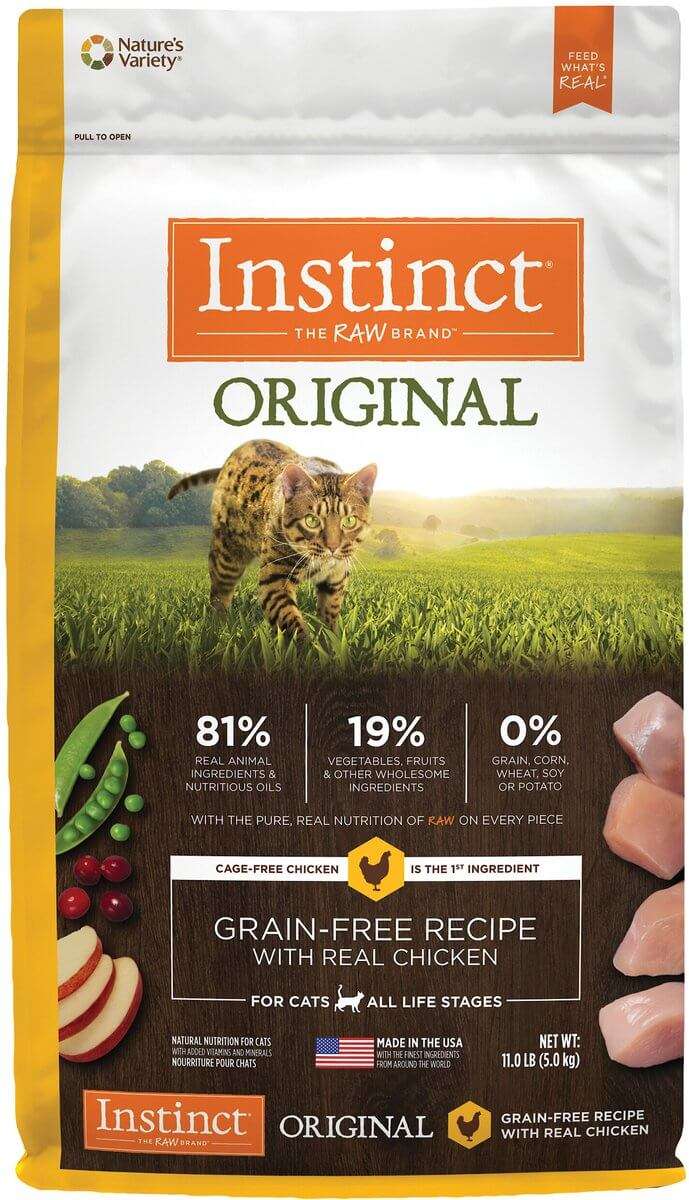
- Pros
- High-quality protein sources
- Rich in essential vitamins and minerals
- No artificial preservatives or flavors
- Cons
- Some products may contain higher levels of fat than other brands.
Purina Beyond Grain-Free Natural Simply Wild Caught Whitefish & Cage Free Egg Recipe Dry Cat Food
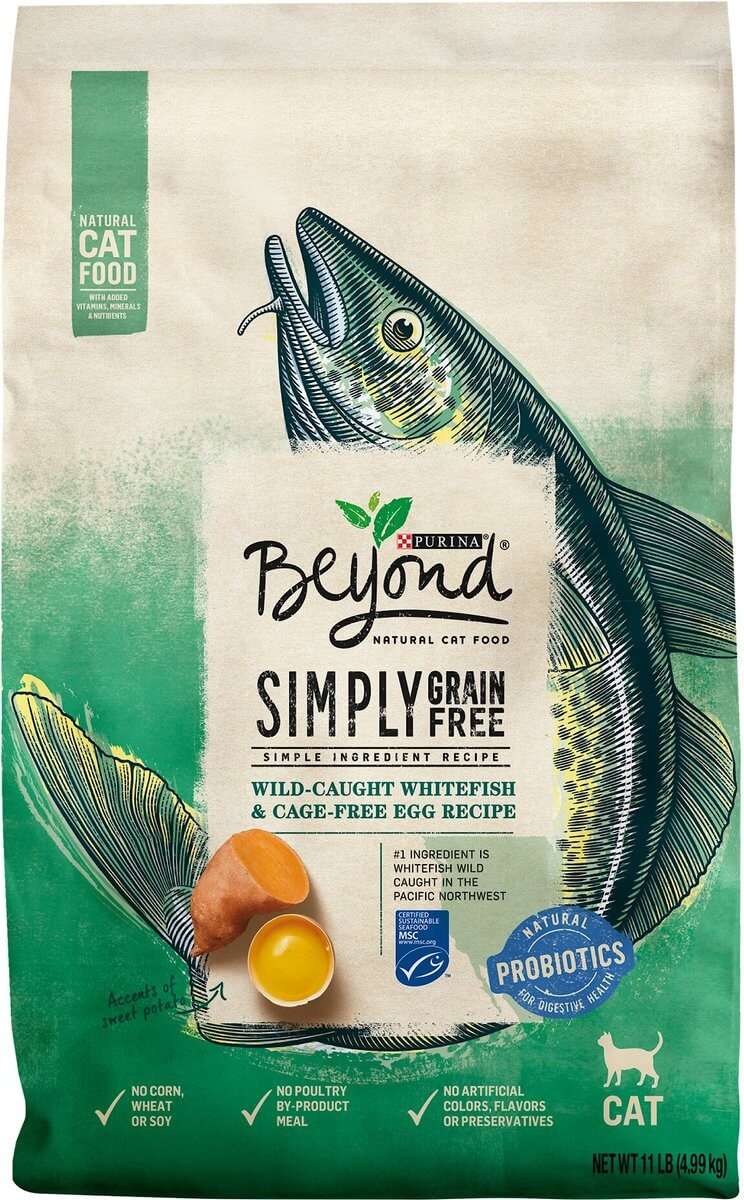
- Pros
- Natural ingredients
- Rich in essential vitamins and minerals
- No artificial preservatives or flavors
- Cons
- Some products may contain higher levels of carbohydrates than other brands.
Homemade Gluten-Free Cat Food Recipes
- Control over ingredients: By making your own cat food, you have complete control over the ingredients that go into your cat’s food, ensuring that your cat gets the best possible nutrition.
- Eliminating fillers and additives: Many commercial cat foods contain fillers, preservatives, and other additives that may be harmful to your cat’s health. By making your own cat food, you can eliminate these unnecessary ingredients.
- Catering to food sensitivities: If your cat has food sensitivities or allergies, making homemade gluten-free cat food can help you ensure that their dietary needs are met.
- Start by selecting high-quality ingredients that are free from gluten and other harmful additives.
- Prepare the ingredients by chopping, shredding, or grinding them into small pieces.
- Cook the ingredients in a pan or in the oven until they are thoroughly cooked.
- Allow the food to cool before serving to your cat.
- Consult with your veterinarian to determine the appropriate portion sizes for your cat based on their weight and activity level.
- Gradually introduce your cat to the new food to avoid digestive upset.
- Monitor your cat’s weight and health regularly to ensure they are getting the right nutrition.

Frequently Asked Questions
Tips for Transitioning Your Cat to Gluten-Free Food
- Transition gradually: It’s important to transition your cat to a gluten-free diet gradually to avoid any digestive upset. Start by mixing a small amount of the new food in with your cat’s current food and gradually increase the amount of the new food over a period of several days or weeks.
- Time frame for the transition: The length of time it takes to transition your cat to a gluten-free diet will depend on their individual needs and preferences. Some cats may be able to switch over to the new diet within a week, while others may require a longer transition period.
- Introducing new food: When introducing new gluten-free food to your cat, it’s important to make the transition as smooth as possible. Start by offering small amounts of the new food mixed in with your cat’s current food, and gradually increase the amount of the new food over time. You can also try offering the new food as a treat to help your cat get used to the taste and texture.
- Monitoring your cat’s reaction: During the transition period, it’s important to monitor your cat’s reaction to the new gluten-free food. Keep an eye on their appetite, digestion, and overall behavior to ensure that they are tolerating the new food well. If you notice any signs of digestive upset or other issues, consult with your veterinarian to determine the best course of action.
The Verdict
When choosing gluten-free cat food, it’s important to look for key features such as high-quality protein sources, grain alternatives and fiber content, essential nutrients, and limited ingredients.
While there are many great gluten-free cat food brands on the market, making homemade gluten-free cat food can also be a great option for cat owners who want to have more control over their cat’s diet.
In summary, by following the tips and recommendations outlined in this article, you can help to ensure that your cat receives the best possible nutrition for their health and happiness. Always consult with your veterinarian before making any major changes to your cat’s diet, and be sure to monitor their reaction to any new foods to ensure that they are tolerating them well.



